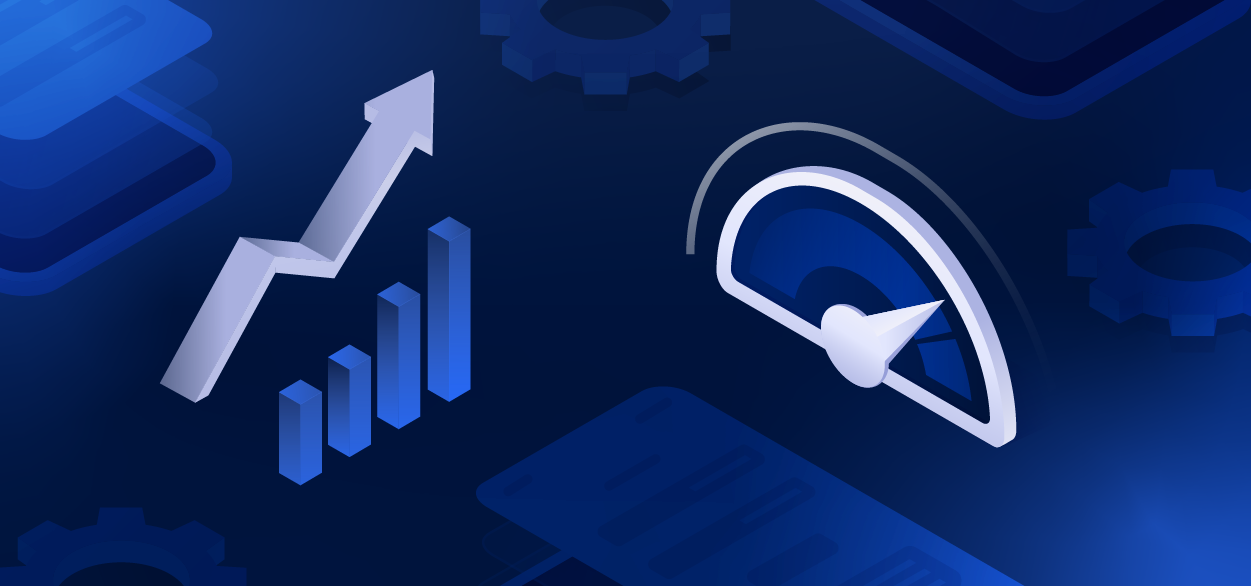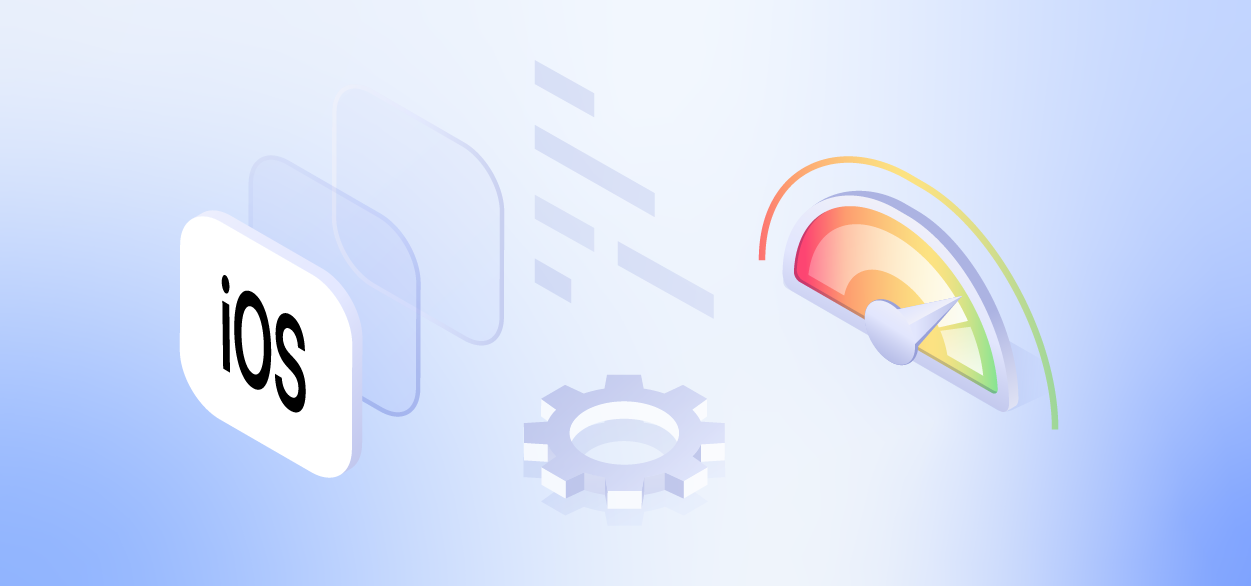When we’re talking about apps, APM can be a somewhat confusing term. Are we talking about application performance monitoring or application performance management? What do those things mean? And which kind of APM tool do you need? The two terms cover overlapping areas and are sometimes used interchangeably. But there are important differences between them. Understanding both monitoring and management will allow you to think about your app quality goals and assess your needs in a mobile APM tool.
In this article, we will define application performance monitoring and management and then explore the main ideas behind both terms. Then we’ll talk about app quality objectives, how an APM tool can help you meet or exceed them, and how to select your mobile APM tool.
There are a lot of similarities and differences between the two types of APM. The term “APM” covers a wide variety of vendors and offerings, not all having the same purpose or features. This can get confusing, so let’s start with a basic definition for each.
Application performance management is a strategy that includes monitoring and managing several different components of app performance, with the goal of easily preventing, diagnosing, and correcting app quality issues.
Application performance monitoring tracks several key performance indicators relating to app quality and performance. Performance monitoring allows you to identify problems and assess how smoothly your application is running.
If these terms still seem a little opaque to you, that’s all right. We'll clear it up. There’s some confusion between the two terms, namely due to them having the same acronyms and some overlap between their uses—especially that app performance management includes application performance monitoring as an essential component. These terms also aren’t exactly official designations; they’ve been evolving with new products in the industry over time.
In the next few sections, we will dive into the differences between APM vs. APM and then get to the real point: what you actually need in a mobile APM tool, regardless of which definition you’re using.
Monitoring is a component of management
Application performance management refers to the overall strategy of managing and optimizing application performance. Monitoring is one key part of a comprehensive management strategy.
Management includes monitoring application performance and user experiences. Monitoring allows you to detect changes in performance from your baseline, helping you to pinpoint issues and causes for delay.
The two terms have different implications when it comes to how they’re seen as addressing challenges. Management is typically seen as more of a proactive strategy whereas monitoring implies a strategy based on reacting to problems once they’re detected.
Monitoring alone is not enough
Some APM tools measure nothing but metrics. Metrics are useful for understanding the overall situation but don’t tell you anything specific about what your users are experiencing—when something’s gone wrong, you need to understand what’s happening and why. Apdex scores, while fantastic for getting the big picture, don’t tell you what’s happening to the users who are struggling with a sluggish or buggy app.
It all starts with metric monitoring: application and server metrics with basic information about performance.
Metrics are the beginning of your APM solution, not the main goal of application performance management. Monitoring is just a starting point.
Monitoring vs. management in the real world
Application performance management, while being a term that’s evolved with the industry, has been readily available for web applications for years. Web APM has made online applications faster and more stable, and there are plenty of strong web APM solutions out there. The mobile space is just beginning to catch up, but it’s still a niche space with few—and rapidly evolving—contenders. While there are some web APM vendors who have started offering mobile APM, their mobile offerings are generally underdeveloped and pale in comparison to their web capabilities.
Here at Instabug, we're obsessed with the mobile experience. It's our specialty. We provide mobile app developers with highly capable tools that have been developed and built specifically for them.
What does a mobile APM tool need?
Some of the things a mobile APM tool needs to track include the following:
App launch times: It’s your user’s first interaction with your app, so you want to know you’re making a good impression.
UI hangs: Slow transitions create a frustrating experience for the user, but UI hangs are overlooked by most APM tools.
Network performance: Server-side network performance is only half of the story—you’ll want to track response times and errors from your users’ standpoint as well.
Apdex scores: Your Apdex score is a single metric that sums up your average user experience and reports if users are having a satisfying, frustrating, or tolerable experience.
App traces: Detailed traces make troubleshooting simpler. They contain data like specific requests, users, logs, and errors. That information allows you to identify the root causes of issues and fix them faster.
Monitoring
- Monitor and filter cold and hot app launch times
- Track UI hangs and page transition times
- Monitor both server-side and client-side network performance with response and error times
- Apdex scores for sessions and events
Management
- Define custom execution traces to monitor how long client-side logic is taking to complete
- Designate key metrics to track at a glance on your dashboard
- Granular breakdowns of reported app performance metrics with filters and changes over time
Additional app quality tools from Instabug
An APM tool is essential for monitoring and improving app performance, but it’s not a complete solution. For the most comprehensive and actionable approach, you’re going to want to complement your mobile APM tool with other app-quality products that help you get the full picture.
- Instabug’s Bug Reporting allows you to get data-rich bug reports from users in beta and production environments.
- In-app chats allow you to communicate directly with users about bugs, crashes, and features.
- Instabug’s Crash Reporting is an essential stability tool with detailed reports allowing you to assess root causes faster.
- Instabug's Session Replay enables you to replay user sessions and view the app's exact performance and experience.
- Instabug's In-App Surveys helps you proactively gather actionable feedback from your users and view their app experience.
- Instabug's App Ratings and Reviews helps you track and debug your app store performance.
Learn more:
- Mobile App Performance Optimization Best Practices
- APM KPIs: Mobile App Performance Monitoring Metrics and Targets
- Harnessing Mobile-Led Growth: The Case for Mobile App Performance
- The Evolution of Mobile Application Performance Monitoring
Instabug empowers mobile teams to maintain industry-leading apps with mobile-focused, user-centric stability and performance monitoring.
Visit our sandbox or book a demo to see how Instabug can help your app












